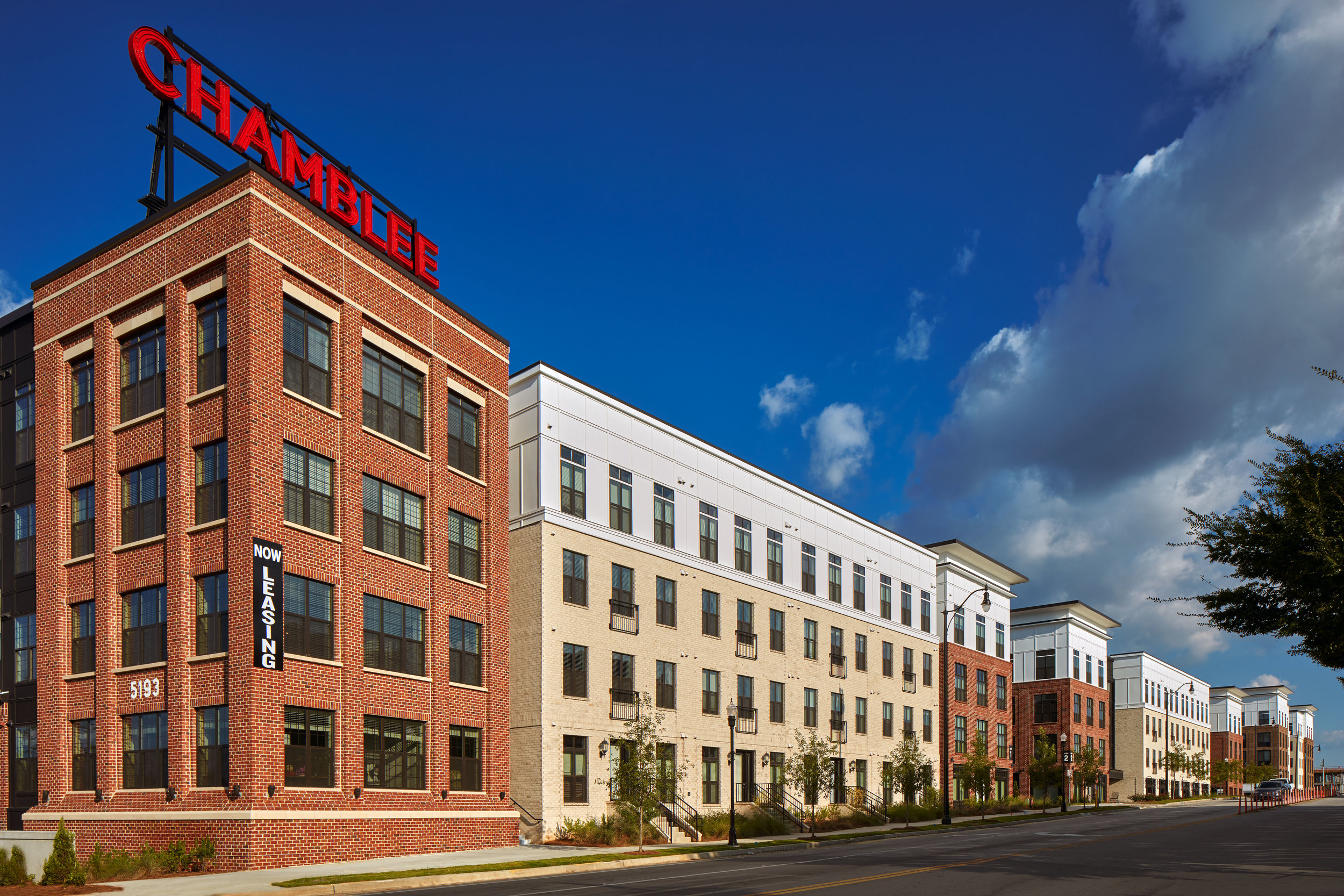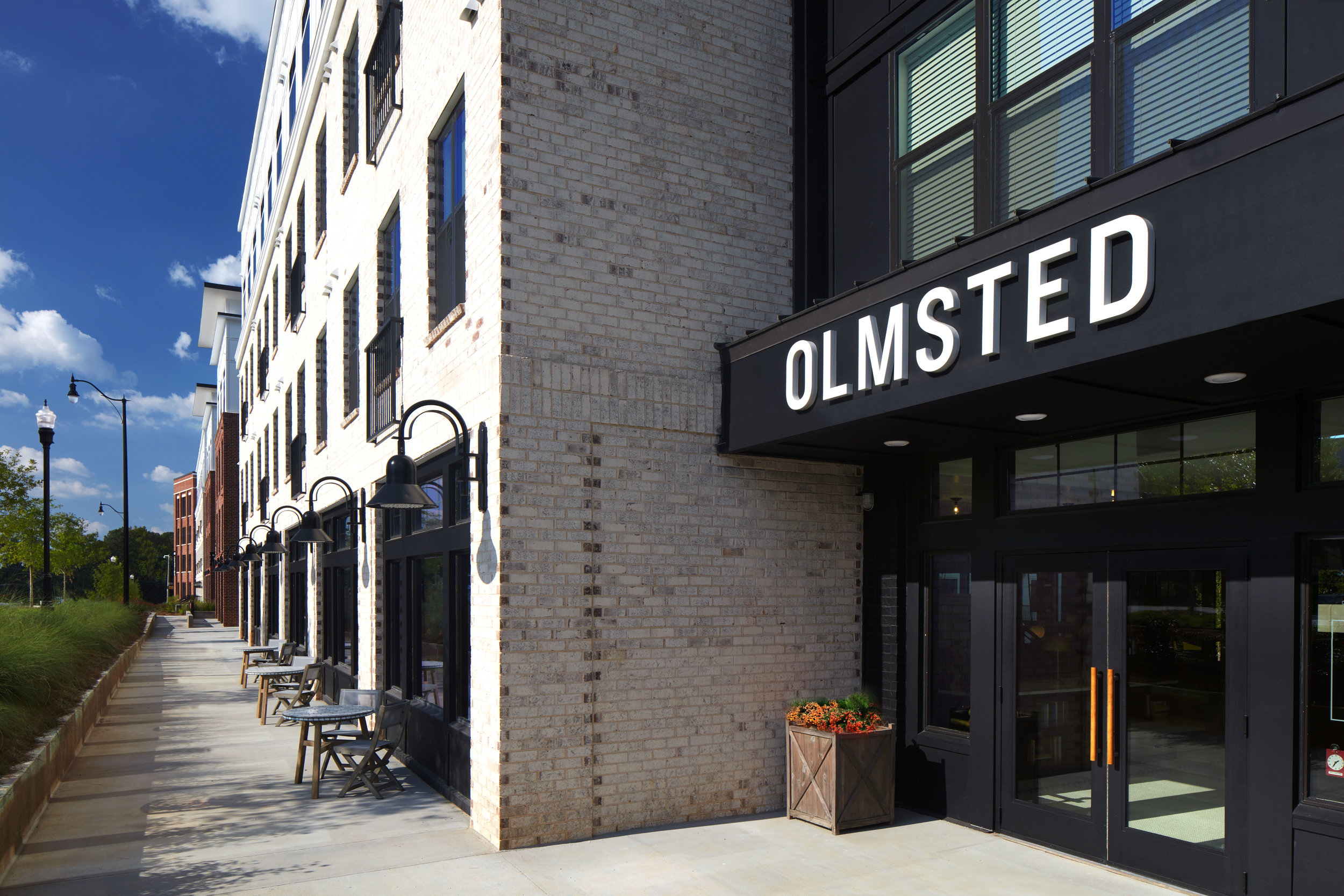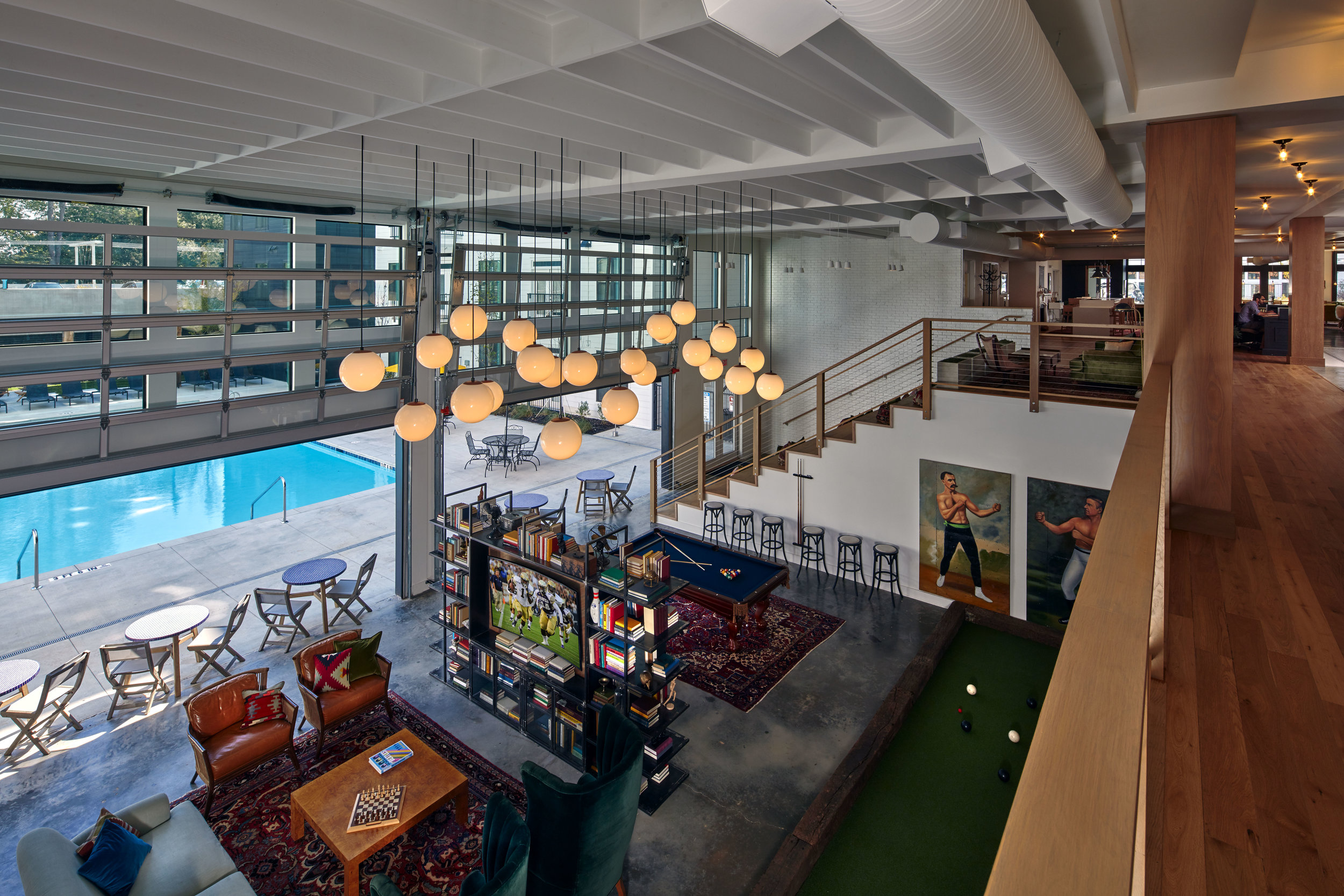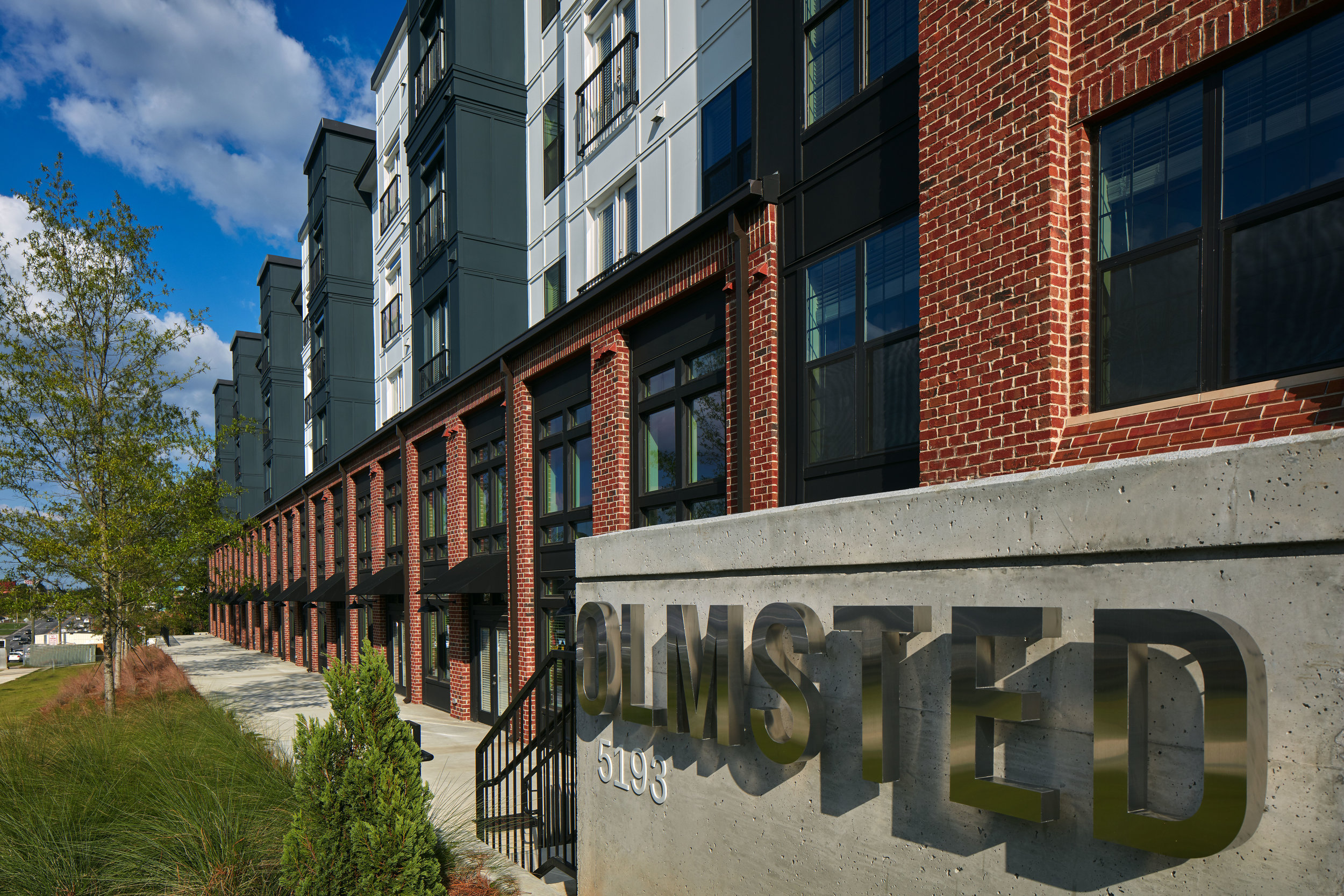Our Perspective: Hybrid Designs
How we find new solutions for today's housing developments.
Author: Brian Ward, Director of Design
Multifamily housing design follows development opportunities, and since the beginning of the rebound out of the Great Recession the focus has been on locations that can take advantage of urbanism’s best qualities: placemaking and public identity; connectedness and public transportation; walkability and neighborhood character. As design solutions for in-town development searched for the sweet spot of density, scale, and construction cost, mixed-use projects began to fill in the under-utilized parcels. Following the rules of good urbanism, the five to nine story residential block sitting over parking and well-conceived commercial space became a good prototype for achieving housing density in city centers.
The City wants architecture with dynamic life: buildings that stand out as examples of our imagination, aspiration, and grasp of technological innovation; buildings that fit into our idea of what the best City can be, deferring to the history of that City when that story can be strengthened through architectural design. Architectural designs in this wave of development were hybrids of low rise precedent: unless the project was conceived as a tower block, these designs pushed the building codes to maximize the number of floors that conventional wood or metal stud framing could have. Five-story wood buildings over concrete or steel podiums set the scale of new urban growth in cities like Atlanta, Nashville, Columbus, Houston, and Philadelphia.
Load bearing metal stud designs pushed the scale even further. Two or three levels of concrete podium parking (ample parking still being necessary in places outside of 24 hour cities) sit as a base for courtyard housing plans that conceptually are the offspring of full-block housing ideas from the early 20th century, but hybridized to adapt to the multi-unit construction methods of load bearing stud design. The metal stud framing concepts have six to nine story structural systems (i.e. Epicore and Infinity) stretching to twelve story Prescient systems, whose modular efficiencies are being utilized by the hospitality industry as well.
TRACE Apartments, Atlanta, Georgia
Generations, Atlanta, Georgia
Now, 2017 finds many of our clients choosing to reconsider sites in the suburbs as the current wave of development in city centers saturates the market. The return to suburban development has not meant a return to the older, formulaic patterns of housing that helped define them as lacking a sense of place or identity. On the contrary, developers and architects are bringing the best qualities of urban place-making back to the suburbs. One opportunity that NBA has to create a sense of community in apartment site planning and design takes its cues from our recent project in Chamblee, Georgia. There we designed a single level of structured parking to take advantage of existing grade conditions. The resulting development is neither a wrap nor a podium, but a hybrid that puts conventional construction beside and in front of the required parking, allowing the architecture to front the street, stand as the new block for a growing exurb, and define its place. Hopefully, its design will begin a positive feedback loop, influencing subsequent development to follow suit; the goal of organic growth of a great place to live and the creation of increased value through design will be possible.
The hybridization of housing design takes what worked historically and economically for the suburban multifamily solutions and brings it into the City, growing and stretching it to fit urban blocks and, importantly, giving it multi-use programming on the street level.




Olmsted, Chamblee, Georgia
Brian Ward is a partner at Niles Bolton Associates, and Director of Design of the 48-year-old Atlanta firm creatively uniting Architecture, Landscape Architecture, and Interior Design for projects throughout the United States. He is a member of the American Institute of Architects and The Urban Land Institute.






